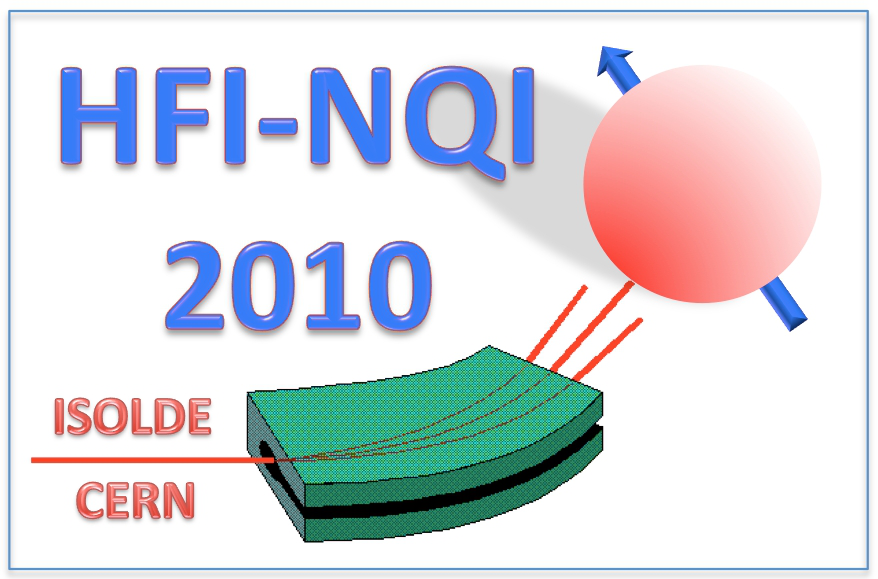Speaker
Dr
Sobir Irkaev
(Institute for Analytical Instrumentation)
Description
The Mössbauer spectroscopy technique belongs to few methods of defining the phase state or crystallographic sites of substance. The Mössbauer spectra bear information on various hyperfine interactions, many of which are indirectly related to the chemical nature of the Mössbauer atom and its nearest environment. Determination of parameters of hyperfine interactions that can be extracted from Mössbauer spectra and used for qualitative analysis is a routine task. The nice description of calculation the most important parameters from experimental spectra are given in excellent reviwes [1-2].
In present work we studied the influence of main factors on experimental errors encountered in quantitative defining the phase composition or site populations of the substance under study. Such as measurements geometry, Lamb - Mössbauer coefficients, absorber thickness, efficiency and dead time of the detection system and spectral line shape. The absolute f measurements were made with “black” absorber method. Mössbauer measurements were carried out under carefully controlled of background intensities. Since the accuracy of f evaluation is directly depend on the measurement of background. The influence of a non-uniformity of samples on results of the quantitative analysis is discussed. Data analysis we divided into two parts: removal of instrumental artifacts by folding and baseline correction and deconvolution to extract hyperfine parameters of individual local environments [3-5].
In our approach calibration graphs were drawn by measuring the spectra of a series of analogous samples having different known concentrations. For the same purpose, internal standard method also was used. Experimental data are presented for phase analysis of different industrial samples.
References
[1] E.Kuzmann, S.Nagy, A.Vertes. Pure Appl.Chem., (2003), 75 (6), 801.
[2] R.E. Vandenberghe, E.De Grave, P.M.A. De Bakker. Hyperfme Interactions, (1994), 83, 253
[3] M.C.D.Ure, P.A.Flinn. in Mossbauer Effect Methodology, New York, London: Plenum Press, (1971), 7, 245
[4] T.M.Lin, R.S. Prenston. in Mossbauer Effect Methodology, New York, London: Plenum Press, (1975), 7, 20
[5] D.G.Rancourt. Nuclear Instruments and Methods in Physics Research B, (1989), 44(2), 199
| Are you a student, a delegate from developing countries or a participant with physical needs and would like to apply for a sponsored accomodation. Please answer with yes or no. | no |
|---|
Author
Dr
Sobir Irkaev
(Institute for Analytical Instrumentation)
Co-authors
Prof.
Valentin Semenov
(Department of Chemistry of SPbSU)
Dr
Vitaly Panchuk
(Department of Chemistry of SPbSU)
